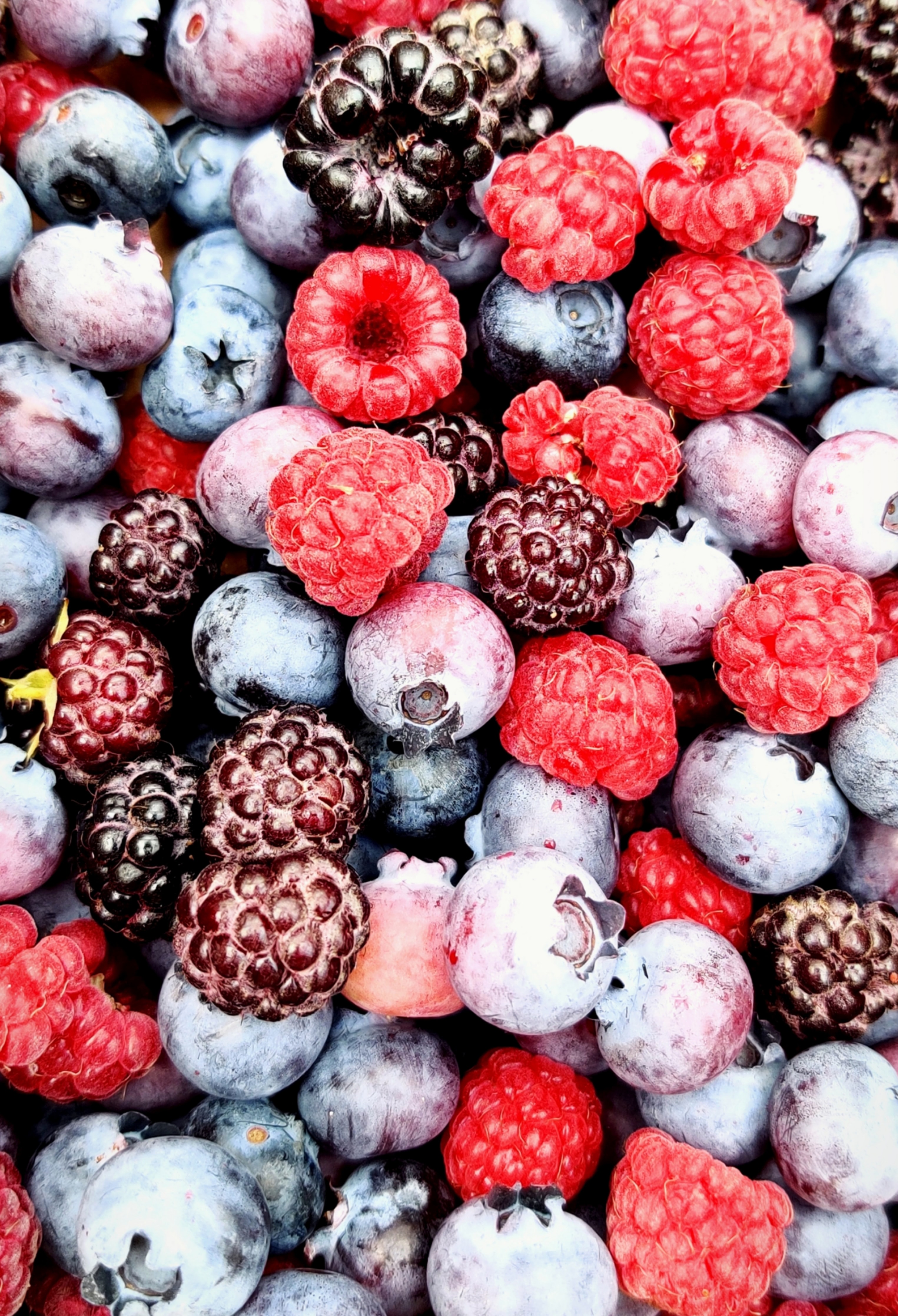
Most of us enjoy Blackberries as a delicious dessert or snack, but many are still unaware of the chemical composition and medicinal values found in Blackberry Leaves. Both the berries and the leaves contain a myriad of phytoconstituents that justify traditional use as a medicine and nutritional supplement.
Let’s take a closer look.
The leaves of the perennial Blackberry shrub contain flavonoids, alkaloids, saponins, and tannins. This abundance of antioxidants and phytocompounds explains why Blackberry Leaves were so popular in British folk medicine [1].
The American Society for Horticulture Science writes that “The genus Rubus L., indigenous to six continents, includes blackberries, raspberries, and their hybrids and is commonly referred to as brambles or briers. Rubus species were a food and medicinal source for native peoples soon after the Ice Age.”
They go on to explain that “brambles were documented in the writings of the ancient Greeks: Aeschylus, Hippocrates, Krataeus, Dioscorides, and Galen; Romans: Cato, Ovid, and Pliny the Elder; Asian medicinal traditions; traditional Chinese medicine; and the Ayurvedic tradition of India. Folk traditions of native peoples throughout the world have also applied Rubus for multiple medicinal uses. Although in modern times Rubus is grown for its delicious and vitamin-rich fruit for fresh and processed product consumption, the ancients used the whole plant and its parts” [2].
And like we mentioned above, Blackberry Leaf was a popular ingredient in British folk medicine due to its nutritional composition and ease of access. Blackberries are easy to grow, and the plant roots spread like wildfire - so the leaves are in no short supply.
We know today that berries contain loads of health benefits and are even marketed as a “superfood”. But looking further, modern studies show that their leaves actually inherit many of the same bioactives [3].
So all of that good stuff found in berries (phenolic acids, chlorogenic acid, anti-inflammatories, cardioprotective and neuroprotective compounds) are also found in the leaves!
In the CPG world, Blackberry Leaf is mostly found in teas or supplement form. It would be fascinating to see this super accessible resource used in some other capacity.
If anyone reading this knows of a company using/repurposing blackberry leaves in a unique way, email and let us know!
***Please note that this information is solely academic. Consult your healthcare provider before using supplements like Blackberry Leaf***
We’d love to hear from you!
If you have any questions or thoughts, throw them in the comments below.
